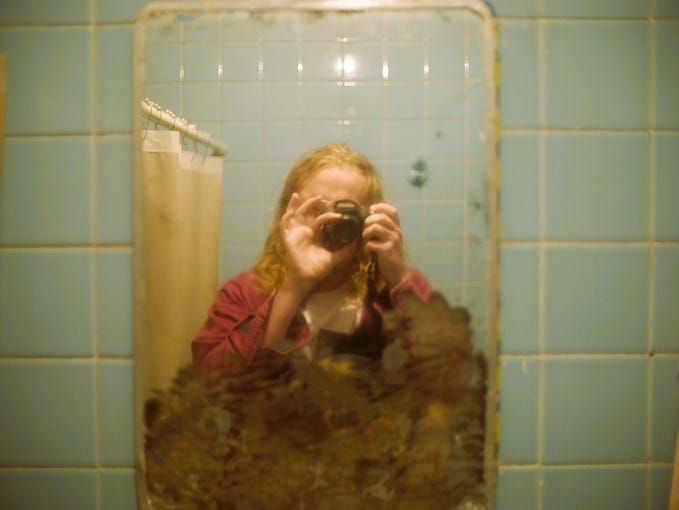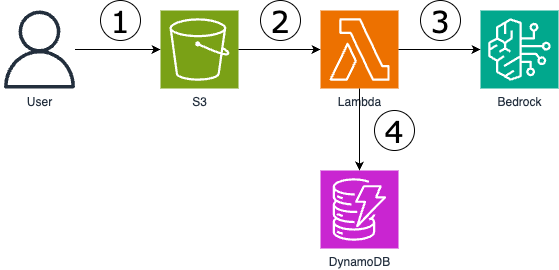The Relationship between Art and Food: Food as the Ultimate Comprehensive Art
Food as Art
We eat meals every day. If the purpose is to intake essential nutrients to survive, our meals could be much simpler. However, our eating habits have formed an incredibly diverse and sophisticatedly rich food culture.
The difference between the necessary parts for survival and the additional parts are born from our desire to purely spend pleasant time and have enjoyable experiences.
This is no different from the tendency to seek beautiful poetry, paintings, and music beyond mere physiological needs. Furthermore, it’s a comprehensive art form that leverages all human senses, including not only eyes and ears but also the tongue and nose, as well as touch, and even the perception of texture, temperature, and pain.
But that’s not all.
Food is a dynamic art. Unlike static arts like painting and sculpture, it has the flow of time, like music and drama.
Food is interactive art. Unlike music and plays, which passively progress over time, eating forces you to appreciate by actively taking food into your mouth and chewing. This involves a high degree of interactivity, as there are infinite combinations of appreciation order, timing, and combinations when the work is completed, and the viewer chooses from them according to their preferences. Moreover, the rhythm and tempo are determined by the viewer, and the artist usually cannot specify them.
Food is an art of once-in-a-lifetime encounters. No matter how similarly you create it, you will never encounter the same work again. Also, because the work is appreciated through interactive involvement, the same experience, including the way it is appreciated, will never occur again.
Food is participatory art. Many people are artists of food. And many houses are equipped with kitchens as ateliers, where cooking and preparation as creative work are carried out daily, and meals are served as exhibitions.
Food unfolds an art world with all-round depth. It’s a diverse and profound world that encompasses everything from fine art at high-end restaurants and ryotei, pop art on the everyday dining table, readymade art produced in factories, to decadent art like junk food.
Food is an art that has various styles, manners, and schools. It has evolved over a long history and is still being innovatively developed by various people, including professional chefs, food industry developers, planners in the restaurant industry, cooking researchers, individuals who cook as a hobby, and people who cook for their families or themselves.
Food is a highly specialized art. A myriad of professionals, know-how, and technology are involved in each piece of work. There is a collaborative effort of diverse professionals just like in a movie, from primary industries such as agriculture, animal husbandry, and fishing, to the food processing and seasoning manufacturing industries, before a piece of food art is completed.
Food forms peripheral culture centered on meals. It’s surrounded by many cultural tricks to support a rich experience, from the culture of cutlery and tableware that would not have been born without food, to the coordination of dining rooms and music during meals.
Food is scalable communication art. It can be enjoyed alone and can also be enjoyed by multiple people. This art experience not only provides individuals with rich sensuous experiences as art but also serves as a role that connects people, becoming an essential art culture indispensable for the richness of society.
Food is the largest art culture in which the most people participate, the most views are made, and the most time is spent.
Art from the Perspective of Food
I like to appreciate paintings and am interested in what is called contemporary art. When I talk about that, many people tell me that they feel art is incomprehensible, noble, and distant.
However, when you think about it, we are all appreciating the ultimate comprehensive art of food, and many people are engaged in creative activities. And we should be excited about this art topic in our daily lives. For example, saying things like “I found such a work selling at the supermarket” or “I tried making a new work yesterday”. Everyone is a splendid art lover.
This perspective of us participating in the art of food will likely strengthen our understanding and interest in food. And by redefining food as art, it can also lead to a better understanding of paintings, music, and contemporary art.
It’s not just about becoming more interested in appreciating classical or contemporary art. On the contrary, it provides insight into understanding why art lovers, who happily participate with high interest in the art of food, find it hard to take an interest in classical or contemporary art.
This viewpoint throws a stone at the question of the relationship between art and society, which tends to be regarded as a problem on the viewer’s side. Is art trying to provide society with delicious food? Or is it trying to create the environment to reach that deliciousness? What is different from food, and what can we learn from it?
Art often seems to be focused on deeply expressing the artist’s inner self or creating something that has never existed before.
However, cooking is different. While the chef’s inner self and originality are certainly emphasized in some contexts, ultimately, you cannot escape from aiming to give the viewer the sensation of “deliciousness” or, more profoundly, the sensation of being moved. No matter how deeply you express your inner self or create originality that has never been seen before, you won’t be valued if it’s not delicious.
Whether you view this as a constraint of the art of food or the essence of art will lead to different ways of thinking. However, if you aim to strengthen the connection between art and society, this perspective is crucial.
If you aim to have the same direction as food, there will be many clues. If you decide to go a different path than food, it will be akin to a challenge to create certain values in society for food that doesn’t necessarily aim for deliciousness, which will clearly make you understand that you have to challenge difficult walls.






